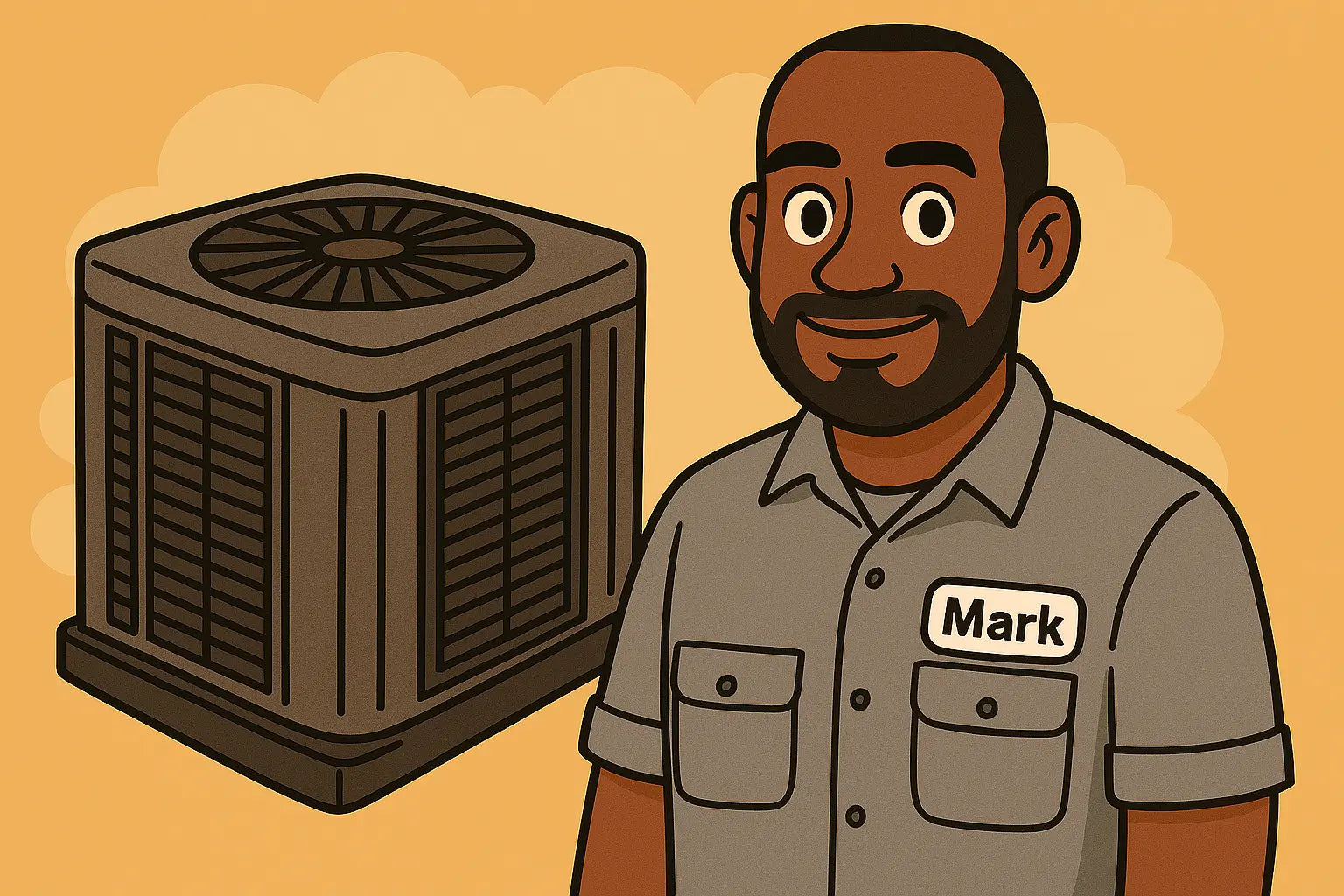Introduction: Why Is Your Air Handler Leaking?
Let’s get one thing straight—your air handler shouldn’t be leaking water indoors. If you’re seeing puddles or getting alerts from a wet switch, it’s time to act. The Goodman AMST36CU1300, when paired with the GLXS4BA3610 condenser, is part of a solid 3 Ton 14.5 SEER2 R-32 system. But even the best setups run into condensation issues if installation and maintenance aren’t done right.
In this post, I’ll walk you through the most common causes of drainage problems, how to identify them, and what you can do to fix them—without voiding your warranty or flooding your closet.
1. Understanding How Condensate Drainage Works
When your air handler cools air, moisture from that air condenses on the coil. That water needs to drain properly through a sloped condensate line and into a plumbing or pump system.
The AMST36CU1300 has:
-
A primary drain outlet
-
A secondary (emergency) drain outlet
-
A drain pan under the evaporator coil
When any part of that pathway is blocked or installed incorrectly, you’re at risk of leaks, water damage, and worse—mold growth.
👉 Related reading: What to Do If Your Air Handler Is Leaking Water (hvac.com)
2. Common Installation Mistakes That Cause Condensation Problems
During installs, I see these errors all the time. Even a pro can miss them:
❌ Improper Drain Line Slope
Drain lines need a minimum slope of ¼ inch per foot. Anything less can cause water to sit in the pipe and back up into the air handler.
❌ No Trap Installed
This is a big one. If the drain line doesn’t have a P-trap, air pressure inside the cabinet can prevent water from draining altogether.
❌ Secondary Drain Not Hooked Up
The secondary drain is often ignored or left uncapped. That’s a safety issue waiting to happen.
❌ Overflow Sensor Not Wired
The AMST36CU1300 supports float switches for overflow protection—but they only work if they’re wired correctly.
3. Diagnosing the Problem
Here’s how I typically diagnose a drainage or overflow issue:
✅ Step 1: Visual Inspection
Check the drain pan with a flashlight. If it’s holding water, the issue is drainage. If the pan is dry and you still see moisture around the unit, check insulation for sweating or poor sealing.
✅ Step 2: Blow Out the Drain Line
Disconnect the line and use a wet/dry vac or CO2 cartridge to clear debris. Slimy biofilm buildup is common in hot, humid climates.
✅ Step 3: Test the Overflow Switch
Manually lift the float on your wet switch. If the system doesn’t shut off, it’s not wired correctly.
👉 Bonus tip: Install a ClearVue Condensate Pump if your unit is in a location with limited gravity drainage.
4. Fixes and Best Practices
Once you’ve diagnosed the issue, here’s how to fix it the right way:
✔️ Install a Proper Trap
The trap should be before the drain exits the unit. Goodman recommends a 3” vertical rise before the trap, followed by a gradual slope out.
✔️ Flush the Drain Line Regularly
Use a mixture of white vinegar and warm water every 60–90 days. Avoid bleach—it can damage plastic fittings.
✔️ Use a Float Switch
Float switches like the SS2 Safe-T-Switch are inexpensive insurance against overflow damage.
✔️ Insulate the Line
Cold drain lines can sweat in humid spaces. Use foam insulation to prevent water damage outside the pipe.
👉 Tip: Check out this helpful evaporator coil drainage guide (Beckett US) for visuals.
5. When to Call a Pro
If you’ve flushed the line, checked the trap, and still get water alerts or shutdowns, it’s time to:
-
Test the coil for freezing (caused by low airflow or refrigerant issues)
-
Check the slope of your air handler itself—if it’s tilted, water won’t flow right
-
Ensure the condensate pan isn’t cracked from improper shipping or install
I always recommend scheduling a pro if water has pooled near electrical components or you suspect a wiring fault. It’s not worth risking a short or corrosion over a few bucks in service.
👉 Related: Why Your AC Is Leaking and What to Do (Trane)
Final Word: Don’t Let a Drip Become a Disaster
Condensate drainage is one of those things you never think about—until it causes serious damage. With a system like the Goodman 3 Ton 14.5 SEER2 R-32 bundle, keeping your AMST36CU1300 air handler running efficiently means staying on top of these small maintenance checks.
Whether you’re a DIY homeowner or a licensed tech, don’t skip the float switch. Don’t forget the trap. And for the love of dry walls—flush your line.
Explore the full system and installation specs here:
👉 Goodman 3 Ton 14.5 SEER2 R-32 System with GLXS4BA3610 + AMST36CU1300
Need breaker tips for this system? Visit: What Should (and Shouldn’t) Happen After You Flip the Breaker on the GLXS4BA3610.
See you later,
- Mark, your go-to HVAC tech







